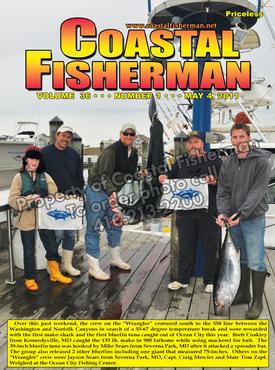


Article by Pat Schrawder
 WHAT’S NEW IN MARINE ELECTRONICS FOR 2011?
WHAT’S NEW IN MARINE ELECTRONICS FOR 2011?
Not surprisingly, in a “down” economy with fuel prices on the rise, manufacturers of marine equipment are just like other segments of industry in that they are not pouring a lot of money into research, design and development of new models. So what does that mean for you and your boating this season?
Well, you have to look on the bright side of things. First, there are indeed a few new models out there and we will be taking a look at them in later articles. For the most part, these units are in the lower price range. Secondly, the units that are still current, but have been in the marketplace for a while, are certainly time tested and reliable or they would have been eliminated. Also, prices are fairly stable so it might be a good time to update your equipment. You need to be cautious, however, when looking at the field of marine units. Make sure you understand the terminology and that you are getting what you think you are buying.
There is no better example of this than today’s “SONAR” units. That term is being used very loosely, especially by a few manufacturers of low end units. The primary difference between a searchlight, sector scan and/or Omni SONAR (SOund, Navigation and RAnging), and other sounders is found in the transducer. The sonar that is generally associated with that name has a transducer that travels up and down in a shaft. It is raised for cruising but can be both lowered and rotated under the keel 360 degrees to look for objects, sea bottom and fish under and around the boat. If you are unfamiliar with this technology, the best way to relate to this is to remember those old war movies where the submarine raised the periscope and looked all around the boat for other ships. The searchlight SONAR transducer does somewhat the same thing except it is looking under water and all around the boat, in some cases as much as a mile away. It will “paint” a picture of what is around you, show fish that are not directly under the boat and help you to navigate in tight spots. The key to all of this is the movable transducer.
A few manufacturers have come up with a transducer design that simulates sonar. Housed within one stationary transducer are several transmitting elements that fire in rapid succession covering a wider range of water segment. In other cases, you have a choice of multiple transducers with each one covering a particular area. You have to decide, however, if you want to scan forward, side to side or under the boat since the transducer itself is stationary.
Then there are units that advertise as being sonar but qualify for that name by only the strictest interpretation of it. All sounders use a sound pulse that travels through water until it strikes an object that bounces the signal back to the display. It can calculate the distance of an object by using a mathematical calculation based on the speed of travel and it can be said to help you navigate in the sense that you can avoid running aground, etc. by keeping informed of the bottom contour. It needs to be pointed out, however, that this type of SONAR is actually just what most of us call sounders or fish finders because their transducer is not capable of being lowered or rotated 360 degrees.
There is a big difference in price among these various models and technological features, anywhere from the low hundreds for a basic sounder to thousands of dollars for a sophisticated searchlight sonar. Clearly, there must be a huge difference in what they do. The more expensive units use the movable transducer and require a larger vessel for installation. Whatever unit you are looking for, just make sure you understand their differences and what you can expect them to perform for you.
Pat and her husband, Larry are owners of L&L Marine Electronics in West Ocean City, MD.